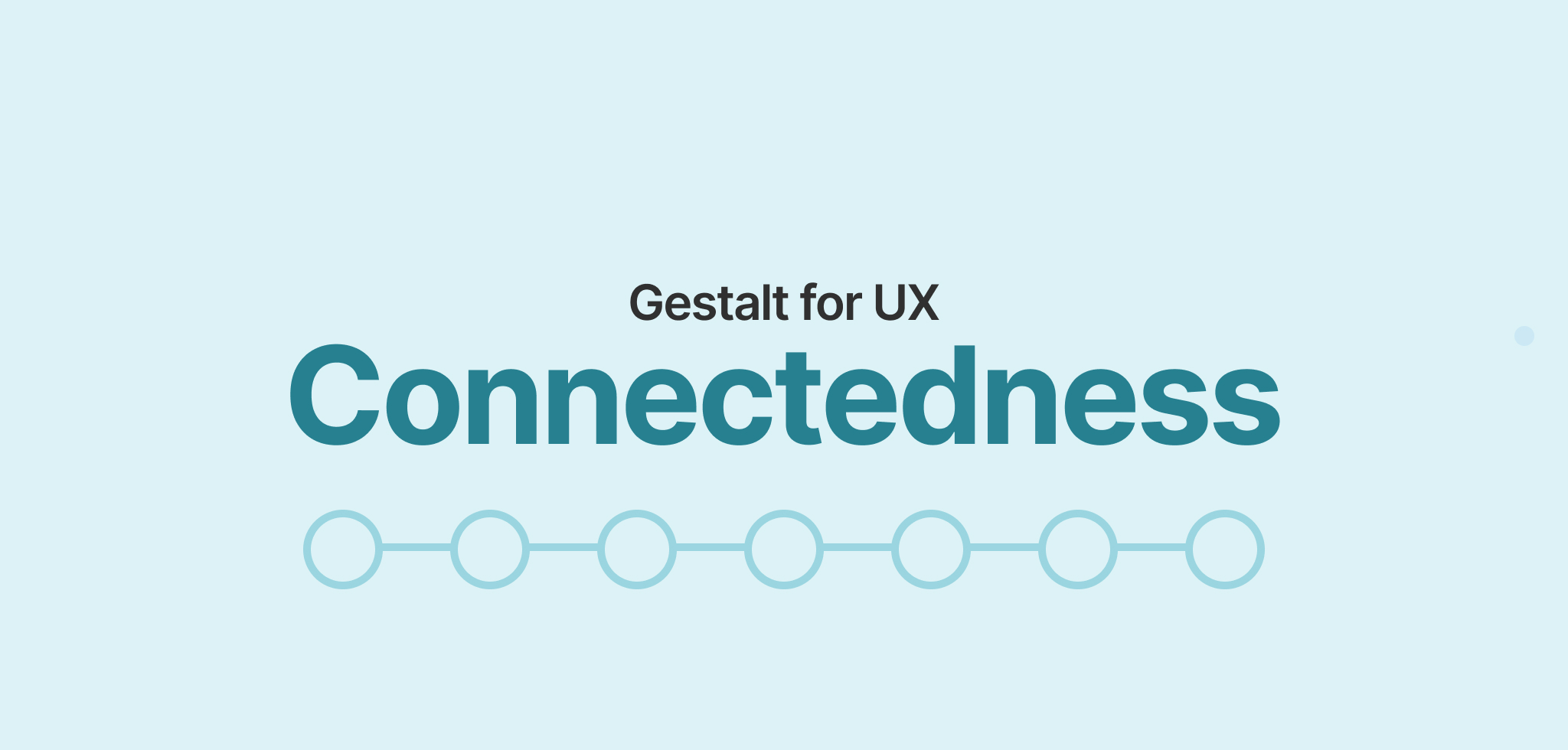Gestalt theory is a human tendency to perceive the shapes in a simplified and unified form, rather than seeing them as multiple, disconnected objects. It is one of the best usable design practices to reduce the cognitive loads and make the interfaces easy-to-scan & easy-to-perceive for the users.
This article talks about the principle of connectedness. As mentioned in the previous post, this principle shares some similarities with continuation. The only distinction here is they have the direct connection within the objects.
Connectedness
You might be seeing four different sets of objects (groups) in the image 1.A below, but as soon as I add some connections between a few of them (image 1.B) – your grouping perception will change completely despite the fact of how far or how close they were from each other. This is connectedness. Similar to continuation, this connectedness also has a sequence of multiple objects following a similar visual path. The only difference is – that path is visible here.

The principle of connectedness says that the objects that are connected to each other are perceived as in relation to each other.
Let’s revisit the Google Cloud page below once more. While we already explored the examples of continuation in our previous article, can you spot any elements here that exemplify the principle of connectedness? Take a look at the jump links in the left navigation panel. Notice that all the jumplinks from the same group share a common visible path, illustrating the principle of connectedness. Also check the top navigation part. All the links in the top navigation are also sharing a common, visible, visual path.
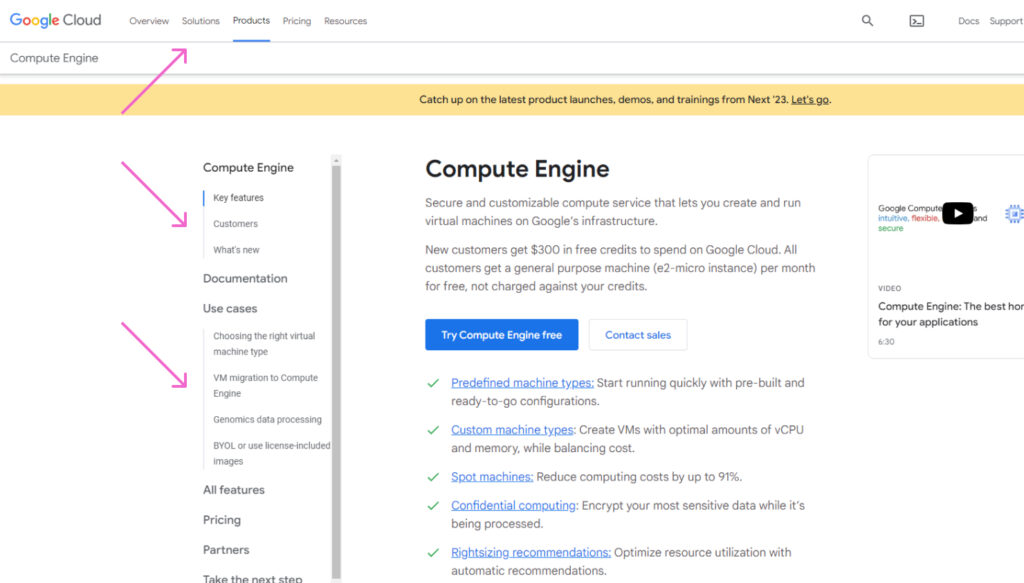
Here are a few other design elements where we can get this connected experience.
Timeline

Stepper

Maps
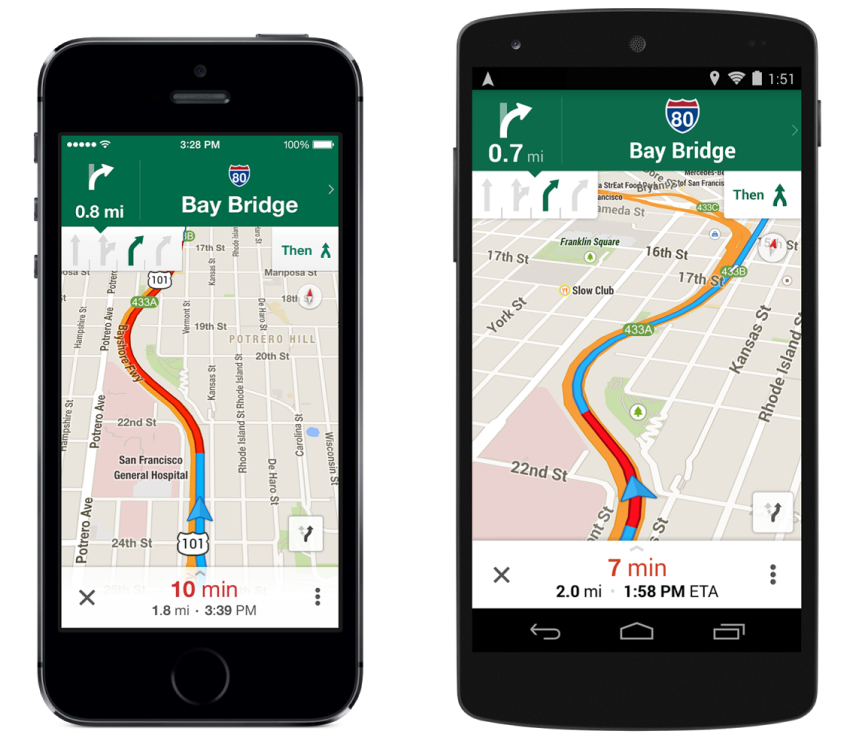
Graphs
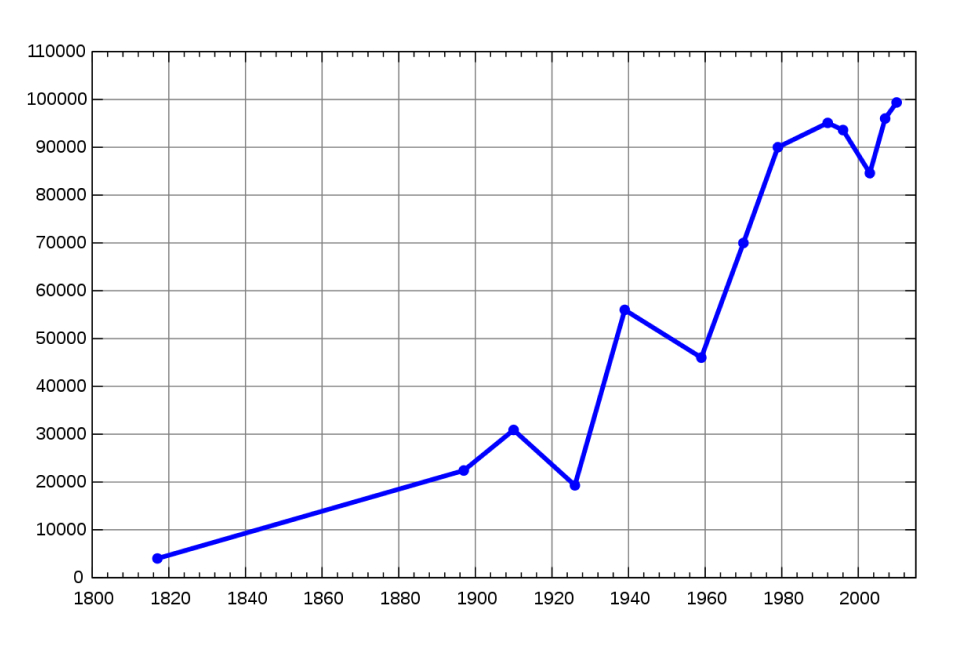
Diagrams
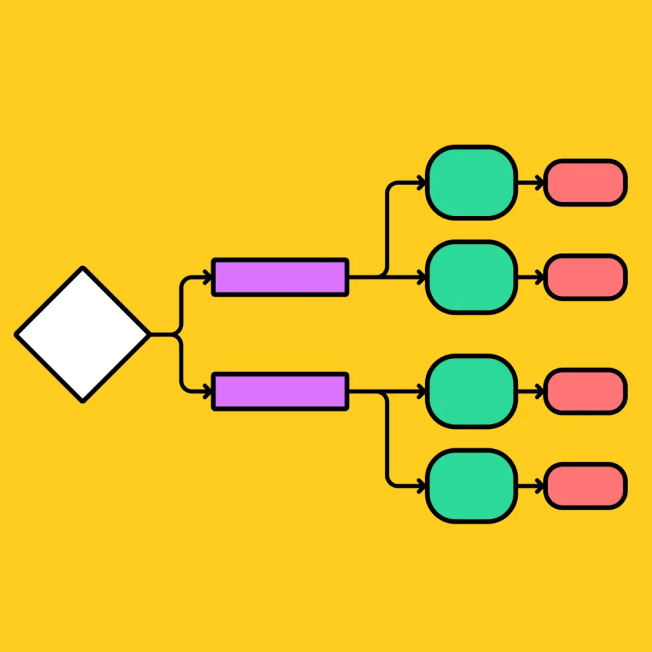
Conclusion
In priciple of connectedness, the objects share a common, visible, connected path. It refers to the human tendency to perceive the connected elements to be perceived as more related to each other than the element that are not connected.

